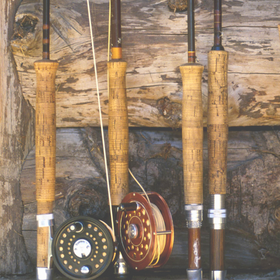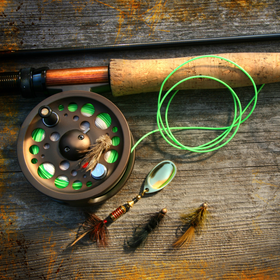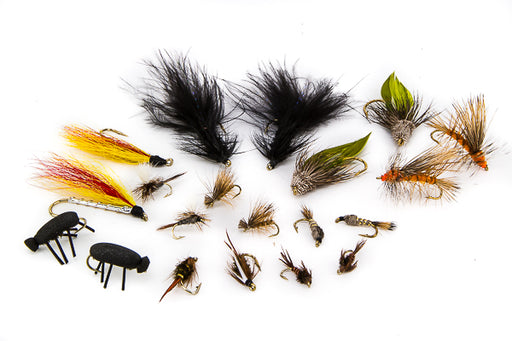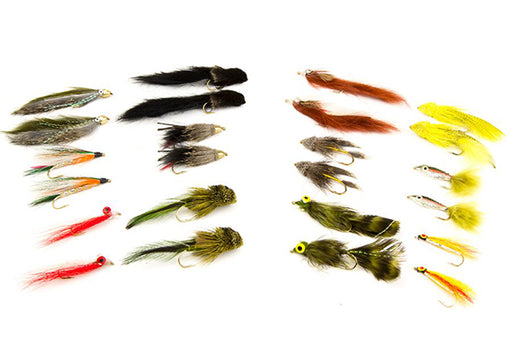
The Visible Trout
At first glance you cannot believe your luck. You have waited all week or month or year to arrive at this spot on the river, during this hatch, the conditions are perfect, nirvana. And to add to this the trout are lined up in plain view, just waiting for you. This is going to be like taking candy from a baby. If you were a prospector and trout were gold you would have unbelievable riches just sitting there for the taking.
The heart begins to pound as you ready your gear, adrenaline pumping, seconds seem like hours will you ever get out there. So excited you march into the river to get that first cast in front of….absolutely nothing. Your clumsy entry into the water, ill prepared presentation have scattered the fish, and what was once just sitting there are now in preservation mode, taken to cover and aren’t apt to chase a fly for a time.
In these days of catch and release chances are these trout have been caught before, especially if you are on a popular river during a popular hatch. If you can see them, they can see you. They are vulnerable and know it. It is going to take stealth, observation and patience to lure a strike. Things must be considered, and a strategy planned. Observe carefully upon arrival, if the water is empty of anglers your job is easier, previous anglers could put fish off from rising for long periods especially if they are careless.
Plan your approach, where you will cast from for the natural presentation. Consider the current between you and the fish, it’s effect on your line and leader. All things being equal a 45 degree angle to your target allows the purist presentation and float. Try placing your fly 3-6 feet above your intended target, if your approach is well-planned mending should not be needed or done aerially. Heavily pressured fish are often line wary, false casts are an easy tell, often times long leaders are required like George Harvey 11.5’ or hand tie your own to add even more length.
Changing your fly frequently will often renew interest in your offering. Your initial fly should have been chosen based on your observations, are the fish rising? Slurping? Feeding underneath? Starting with the hatch that is on, you may try a spinner or emergers, if there are not duns on the water. Or try switching to a secondary hatch or general attractor pattern. Other things that can work are trying a smaller size, different pattern representing the same hatch, like a parachute. One last resort fly can be a beetle, beetles are very nutritious and offer quite a meal, enticing a strike when fish are off the hatch.
When all else fails give the fish a break, go back to observing them and invent a new strategy, giving you and the fish a fresh reset to try the whole thing again.









